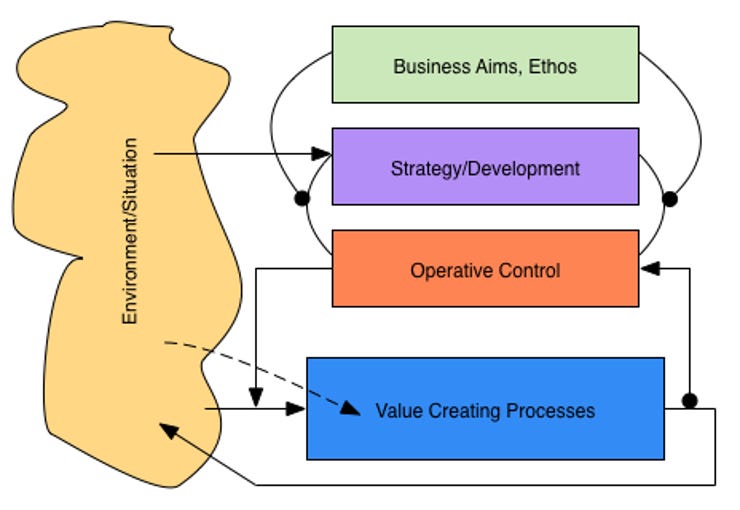What Is A Workforce Computing Strategic Plan...And Why Do You Need One?

Regardless of what our minds conjure up when we think of airline travel, one thing we can readily observe is that while the weather, the experience of the flight crew, the mechanical condition of the aircraft, and the destination of the flight are all variables, the system of getting an aircraft from one place to another, in one piece, is extraordinarily reliable. Herb Kelleher of Southwest Airlines once joked that the airline business is the only place where the capital assets travel at 500 miles per hour.
Every commercial flight starts with a flight plan, a flight crew, an aircraft and a destination. The dispatcher creates the plan based on the expected conditions for the flight, the limitations of the pilot and passengers, and the capabilities of the aircraft. Time is built into the plan to climb to cruise altitude, and to descend again to reach the destination safely. How much fuel will be required is built into the plan and pumped into the tanks. Every activity is done to achieve a singular purpose: getting the aircraft and its passengers safely to the destination, and everyone involved knows where the destination is. Aviation is a study in viable systems design.
How strange it seems then, that thousands of IT projects begin every day, but more than one third of them crash enroute. Why? I would argue that it's because there is seldom a clear destination in mind, a rational plan to get there, nor a viable system approach in place to execute the plan. Most of the time, the destination and the means to get there are only vague estimates, and the elements of the strategy are rooted in hope.
A viable system approach is the inspiration behind Forrester's Workforce Computing Strategic Plan research. A viable system for workforce computing requires five things:
- A clear understanding of the aim of the organization
- A clear understanding of how each project will help to achieve the aim of the organization
- A clear understanding of the destination for each project
- Organizations capable of reaching the intended destinations.
- Clear definition of the system needed to reach each destination

W. Edwards Deming, widely credited as the father of the Japanese quality movement, said it best: "If you can't describe what you're doing as a process, you don't know what you're doing." Every activity must be a step in a sequence of events intended to achieve a clear purpose.
How does it apply to your IT organization and workforce computing specifically? If the aim of your organization is to become the largest provider of farm equipment in the world, and the core business strategy to reach the goal is to provide the highest quality farm tractors at the lowest possible cost, then every workforce computing initiative must be evaluated and prioritized based on how well it will help employees achieve the business strategy and reach the business' destination. Further, each project must begin with a close look at the conditions outside, a clear understanding of the capabilities of the organization, the limitations of the equipment, and agreement that the destination is truly within reach. Anything less creates a corrosive culture of mistrust and systemic failure. Culture is the responsibility of leadership.
Hope is not a strategy. The more your organization knows about the conditions outside, the more that people are encouraged to learn and prepare, the more understanding they have of the aim of the business and how their work contributes, the more accurate the strategic planning, the more reliable the execution, and the more rewarding it will be for the people involved. Competitive advantage doesn't come from reactive cultures; it comes from awareness, deliberate action and careful sculpting of organizational and human capabilities to achieve what your competitors cannot. Most of all, it requires executive leaders who understand systems thinking and who are capable of crafting organizational systems to achieve the aim of the business.
Is the aim of your business clear and the goals within the capabilities of the people and equipment you have? Is your current workforce computing strategy focused clearly on helping employees achieve the goals of the business, or is it centered on other priorities like security, control, and lowest cost? Is your VDI project headed for failure from the start or is there a viable system in place to reach a clear destination? If in doubt, you need a workforce computing strategic plan.